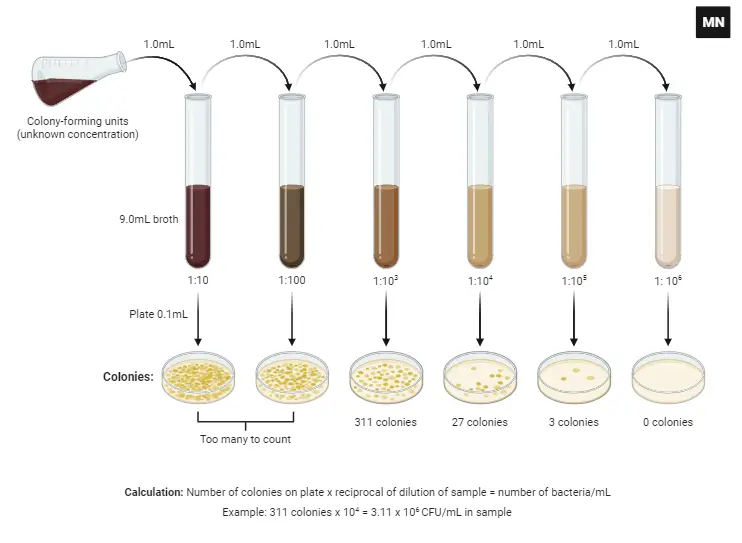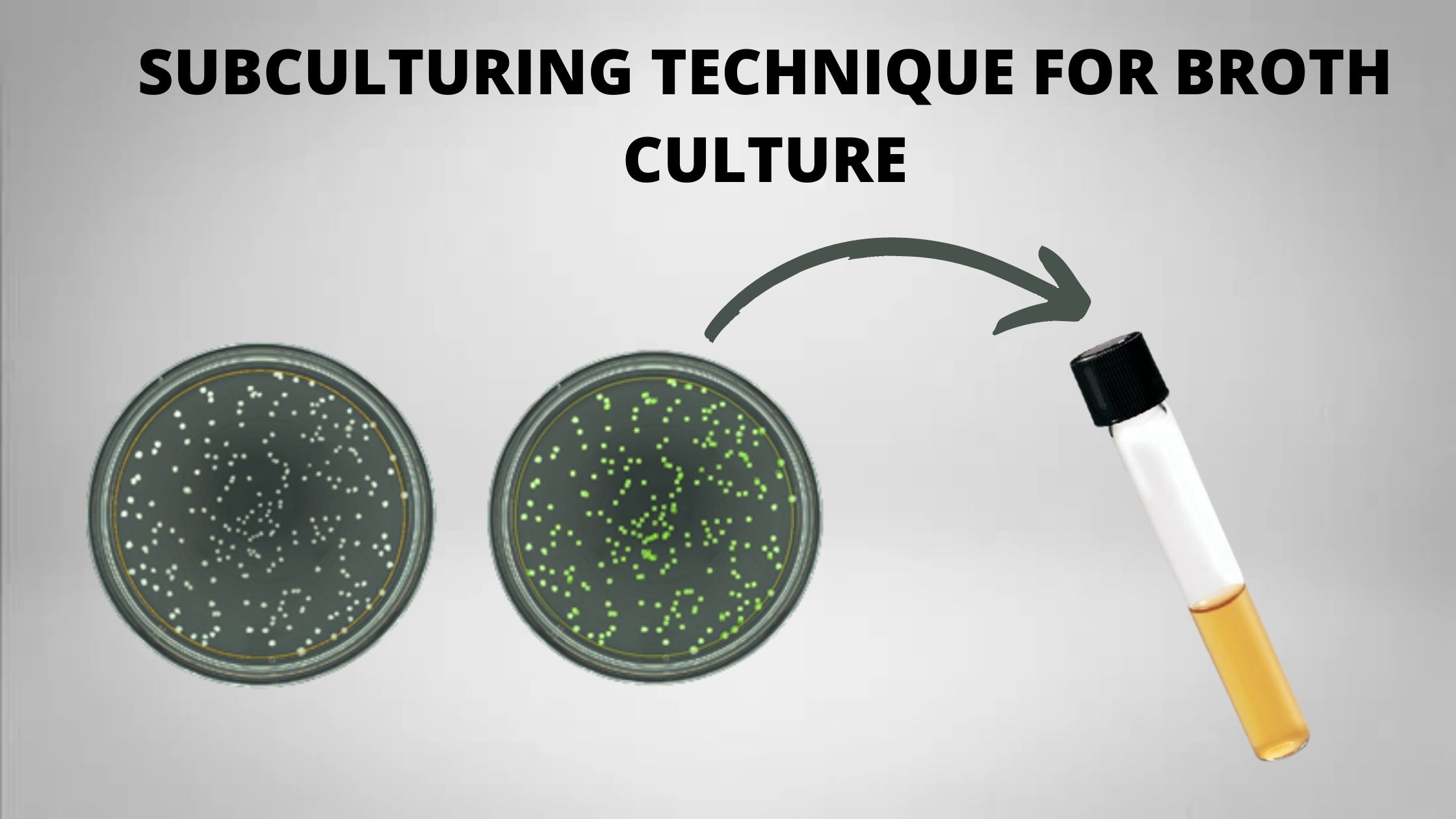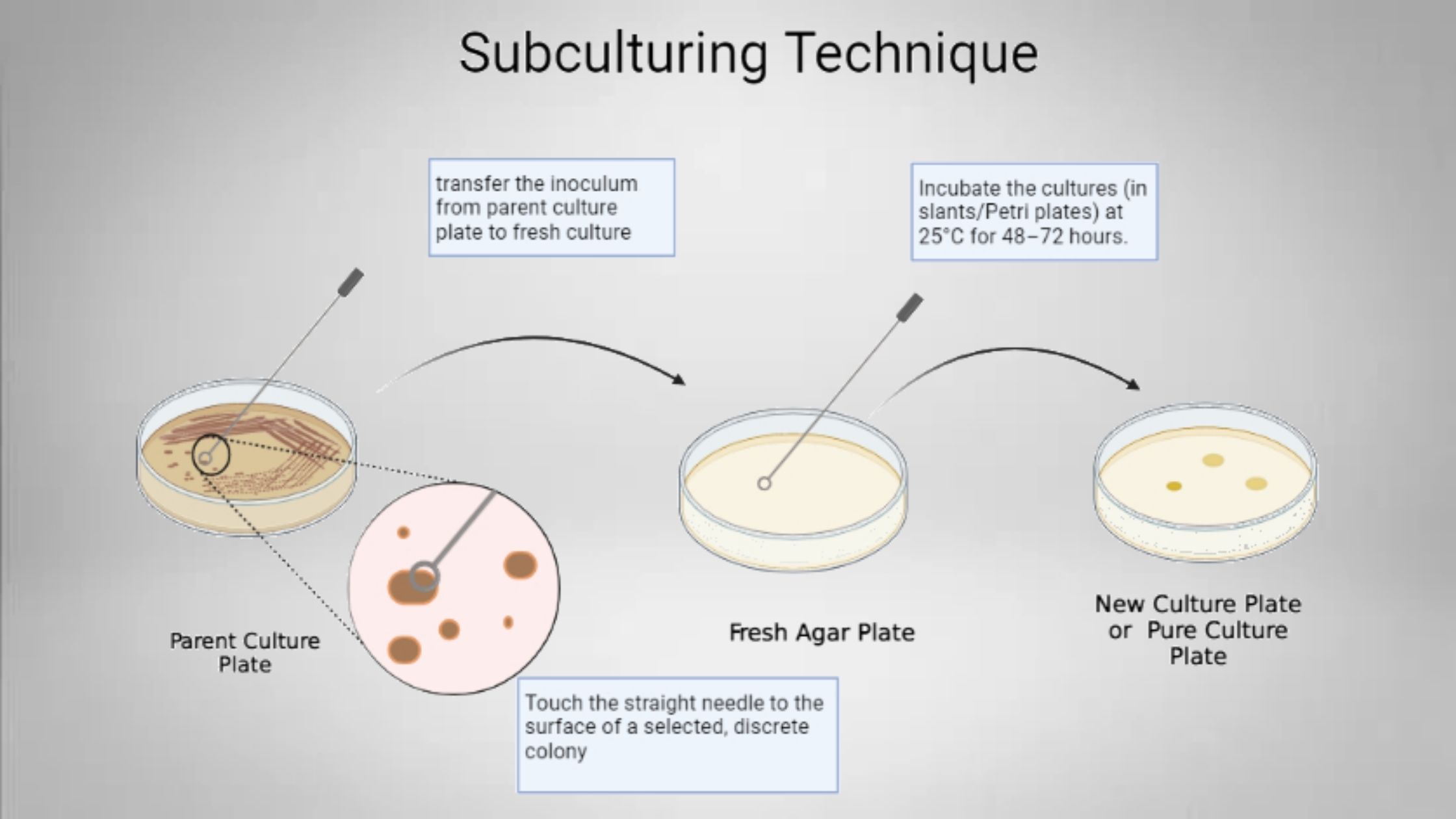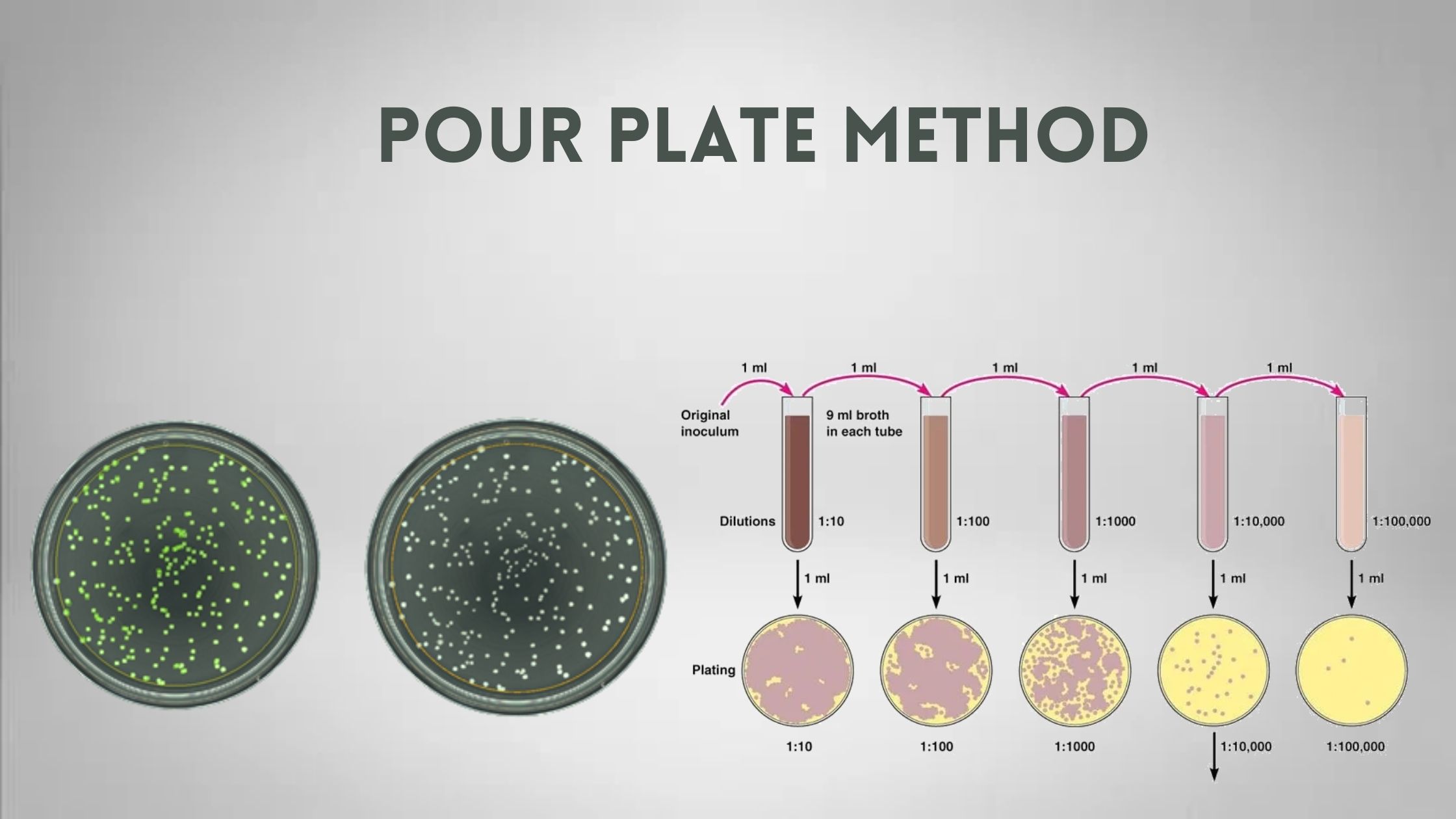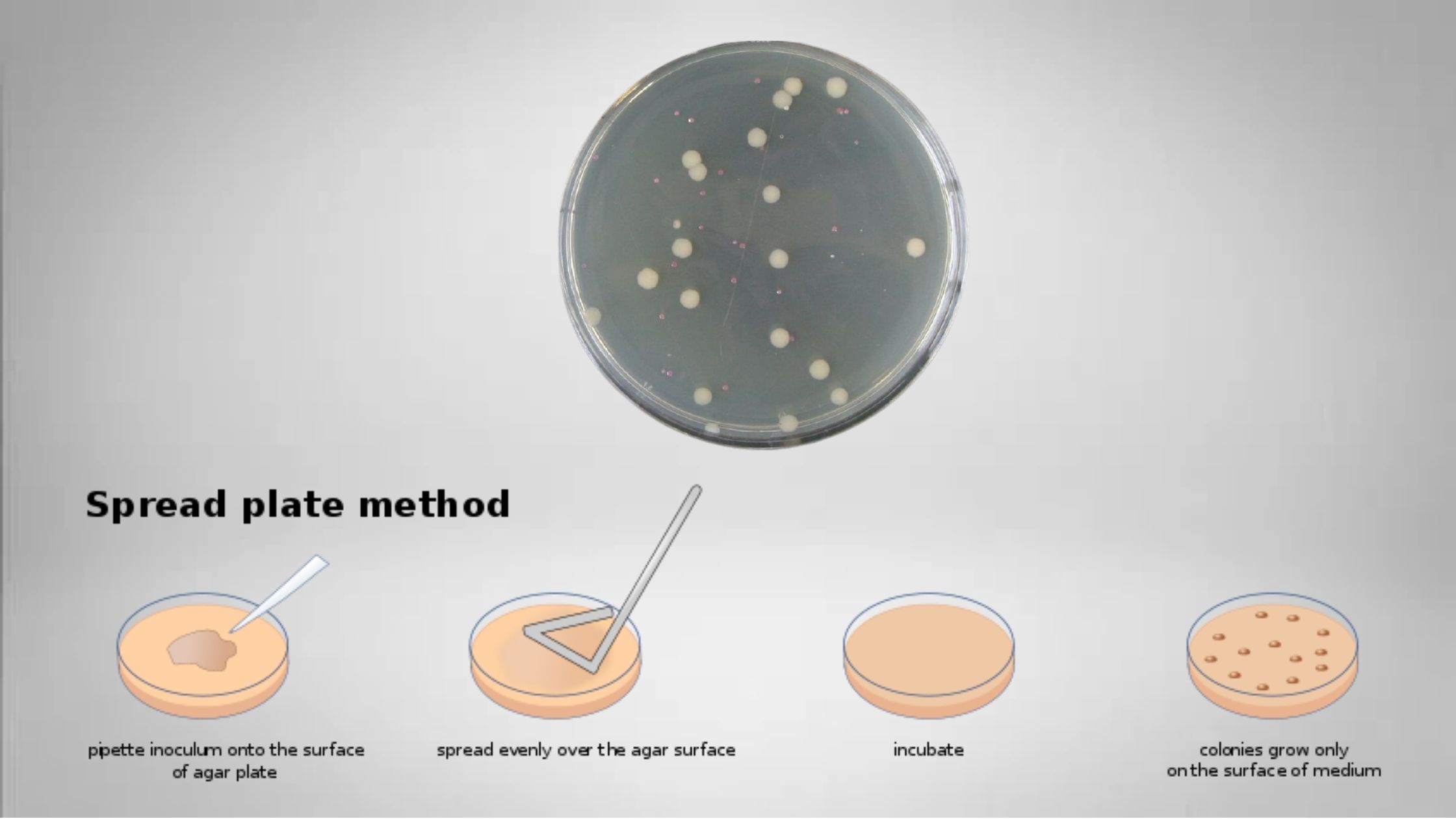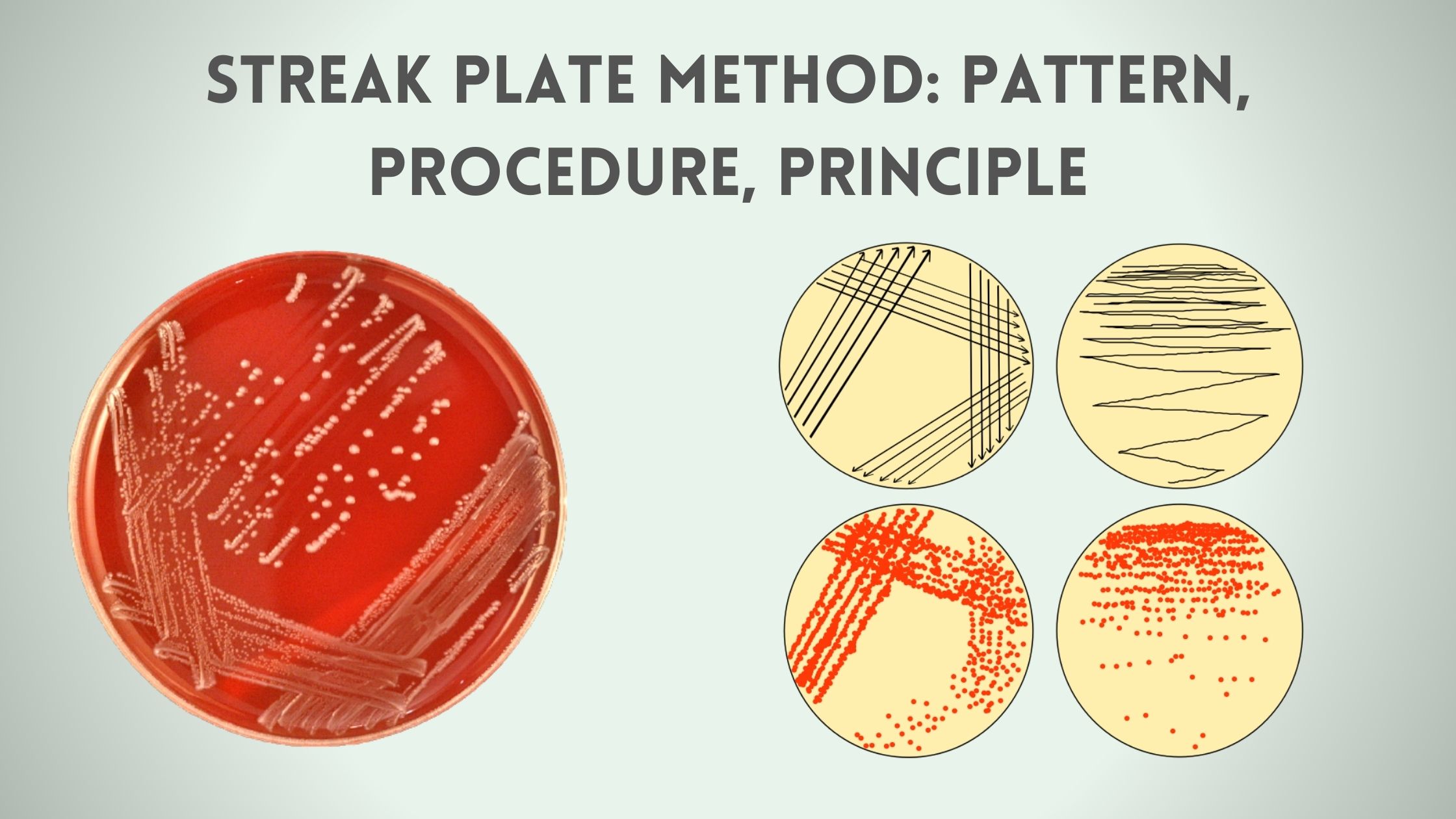Serial Dilution Method – Definition, Procedure, Application
What is a serial dilution? Also Read: MCQ on Serial Dilution Serial dilution definition Serial dilution is a methodical process in which a solution is diluted sequentially to produce a series of progressively reduced concentrations. What is the purpose of serial dilution? – Serial Dilution Objectives Serial dilution serves as a foundational procedure in numerous … Read more

